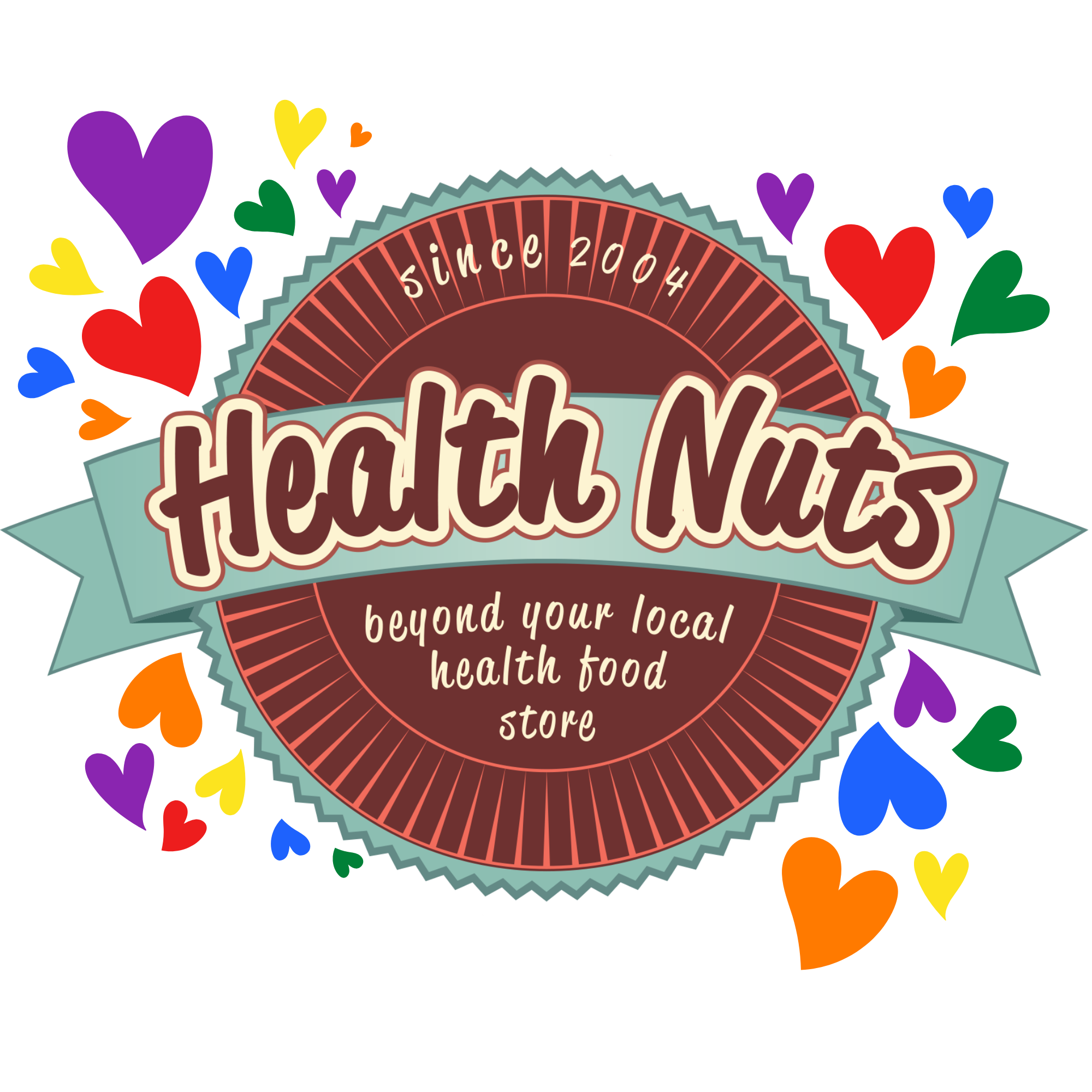Bolga Baskets have become over years a key part of Ghana’s craft culture. Those traditional handmade baskets come from Bolgatanga in Upper East Region of Ghana. They were traditionally produced without handles and used as woven instruments for farming, like storage containers or colanders to separate millet from the millet waste. Handles have been added later on to carry items to and from the market.
No longer bound by tradition, the Bolga baskets have become more and more colourful over the years to meet the taste of the foreign buyers, who loved them for their beauty, sturdiness and versatility. These creations come in all shapes and sizes and are available in a vibrant array of colours and different patterns of weaving.
Lightweight and with strong and comfy leather handles, they can be used as handbags, for carrying away your shopping as a practical and stylish alternative to plastic bags or for taking your picnic to the park. The taller and deeper baskets can be used for toys storage, laundry or planting, providing a touch of colourful decoration in your interior.
Why are these baskets called “Bolga basket”?
Bolgatanga is situated in north-east of Ghana, close to the Burkina Faso border, and is known as the crafts centre of Northern Ghana for straw goods in the country.
Indeed, traditional baskets have always been woven by the FraFra tribe, the main ethnic group of Bolgatanga, as a means to support their families economically. Farming on the very dry soil of the Sahel zone, with rude weather conditions and erratic rainfall, is not easy and provides only what is sufficient to sustain the household consumption, leaving nothing to sell on the market. Basket weaving is thus a side occupation, often done at night or all day long when the main farming season is over, achieving an additional income.
The art of weaving has been a well-kept craft in Bolgatanga for generations. Year after year, traditional weaving skills have been passed down to subsequent generations, making this hand-weaving so unique to this corner of Ghana and across West Africa.
The Production Process
The Bolga baskets are made from elephant grass, a straw also known as the “Veta Vera” Grass. This wild and flexible grass is harvested in the forests around Kumasi, 500km south of Bolgatanga. They are dried for a few days and then sold in regular bundles of the same length.
The straws are then split with the teeth in 2 sticks and twisted in order to strengthen the grass. They can finally be dyed in boiling water and batik dye to get the vibrant colours that give them their unique appeal.
Once the dyed straws are completely dried, the process of weaving begins, from the base up to the rim. Some baskets have over 25,000 knots.
Sometimes the handles could be adorned with goat leather to give them more strength and make them more comfortable when carried. The leather also comes from Bolgatanga and uses vegetative materials and animal skins.
Preparing the straw (splitting, twisting and dying) and weaving one basket can take up to a week. Most weavers, often marginalized women, work alone on their own basket. They sometimes organize themselves into groups with a group leader, who is in charge of negotiating contracts and sales. But unfortunately, their incomes do not represent a big part of the final selling price, which leave them in a precarious financial situation.

